Driverless cars. Everyone has heard of them but few have seen one, let alone driven in one. The words bring fear to many people, fearing the unknown with a big question on safety. This morning we had a chance to have a chat with the team at Waymo and check out the driverless car for ourselves.
Waymo began life as the Google Self-Driving Car Project in 2009 and has since morphed into the most successful self-driving car project in the world. The company completed its first driverless car public road test in 2015 and in 2017 began regular driverless testing on the roads in Phoenix, Arizona.
In December last year Waymo introduced a driverless ride hailing (taxi) service, Waymo One, in Phoenix and it has been successful in operation. At the same time they are also testing in 25 areas throughout the US including areas such as Seattle and Michigan and opening a factory in Detroit to continue to build their own driverless cars.
Waymo are in total control of the entire hardware and software with engineers from both sides working closely together to create synergy between them which results in faster iteration and improvement.
They put their success down to the use of three different sensors, cameras, RADAR and LIDAR (there are six LIDAR on the Waymo vehicle). Yes, the same LIDAR that Elon Musk last week called “lame” Waymo attribute part of their success to. They believe that the combination of the three different types of sensors gives the best combination for overall safety of the driver.
- RADAR: ‘see’ through fog and snow
- Cameras: colour and some clarity
- LIDAR: for 3D viewing and in dark or very bright conditions
The combination of ALL three give them a “deeper understanding of the surroundings”. Elon Musk has said that Tesla will have their robotaxis rolling out soon so we will have to wait to see who is right — assuming they can’t both be right. Hopefully no one is hurt in the process of finding out.
What about other countries though? Could it translate over? When asked – by Fairfax tech journo Adam Turner – about how Waymo cars could cope with Sydney (and all their kangaroos) they said it would just be a case of learning. They would send their cars out on the road – with a human driver – and all the sensors operating.
This would allow them to learn the local conditions, the roads, the behaviour of the drivers in that location. The end result is being able to predict, using AI, how a vast majority of the drivers will react and act is certain situations.
At the breakfast with Waymo they were asked the question about how the car would cope with a natural disaster, which the questioner made sound like a scene from Mad Max. So, after strapping a human/blood bag to the front of the car the Waymo vehicles would be expected to operate just as a human would in the scenario — they would slowly survey the environment and react accordingly.
Waymo learns as it goes, just as a human would, with it’s ML/AI onboard — the advantage it would have is that when it learns it’s surroundings it can send what it learns to other Waymo vehicles that are on the road and vice versa back to it.
Power out, power poles strewn all over the road, buildings fallen down, on fire, the air thick with smoke, drones flying through the sky laser shooting anything that moves — Waymo will be fine.

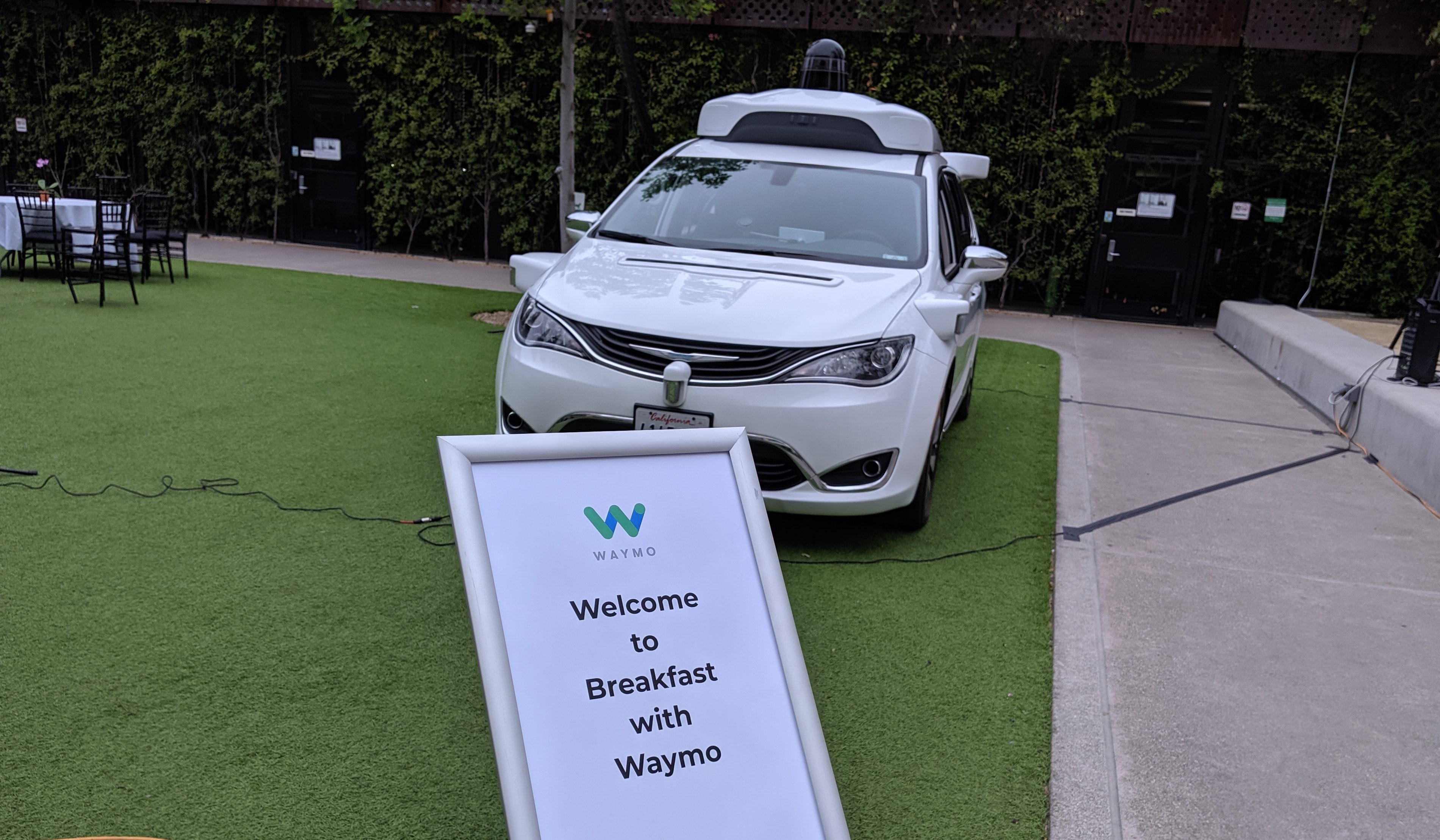

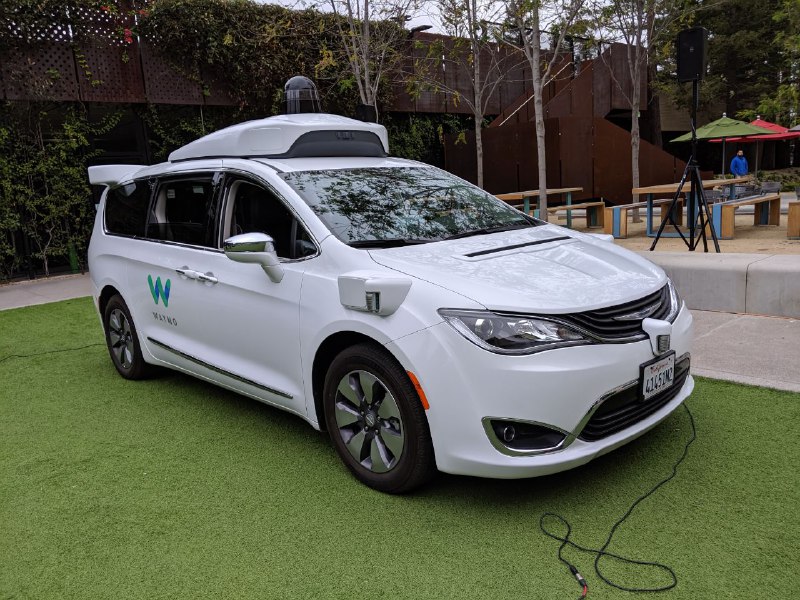
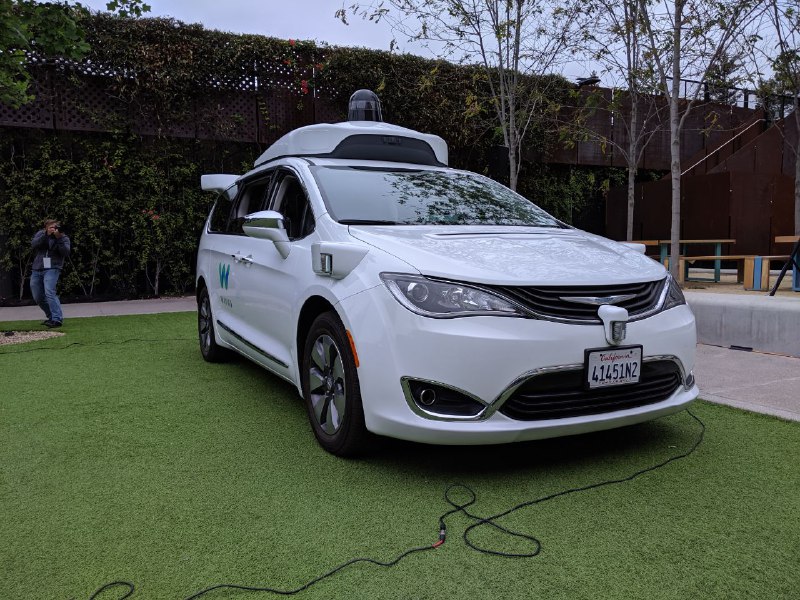
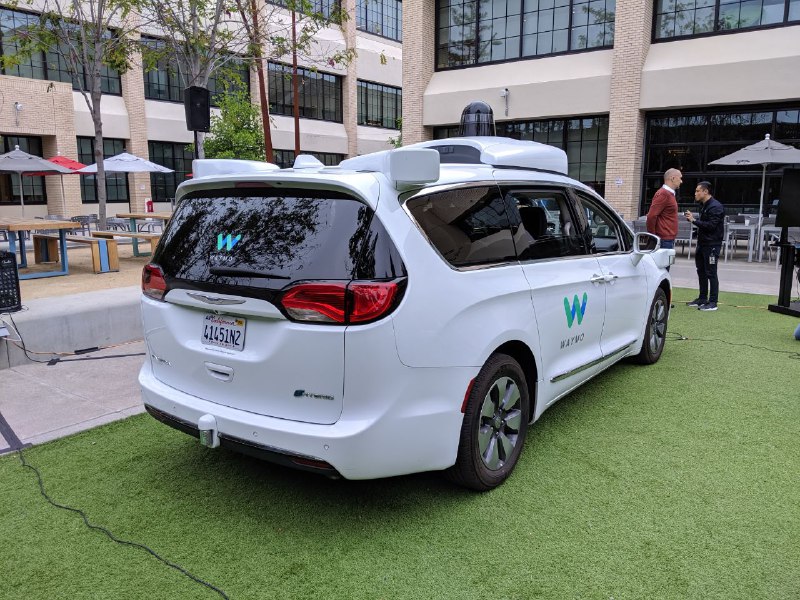
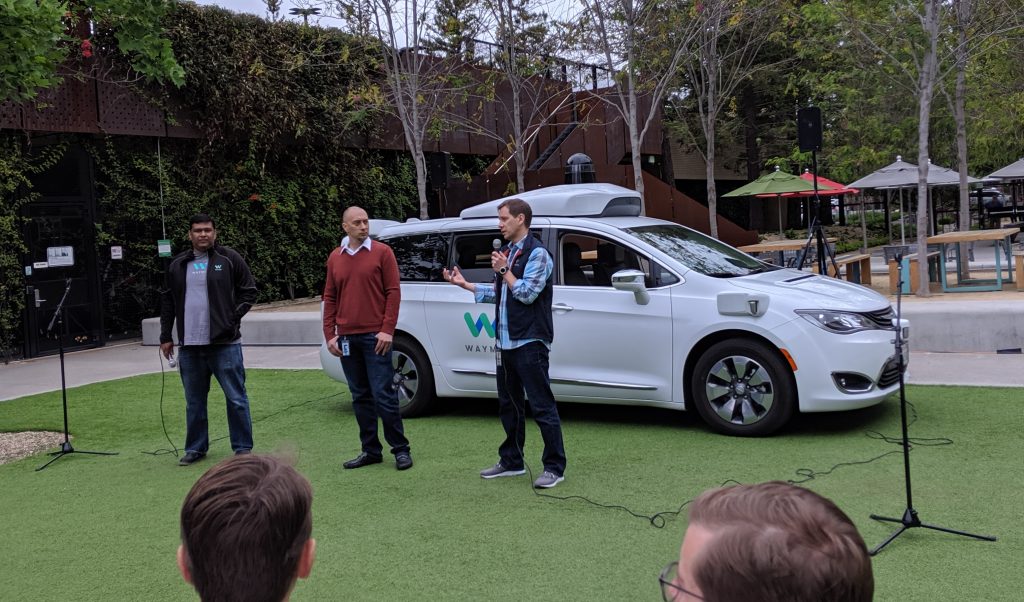



Did you read the report on the failure of self-driving cars in Queensland/Brisbane? I think that there is still a long way to go!